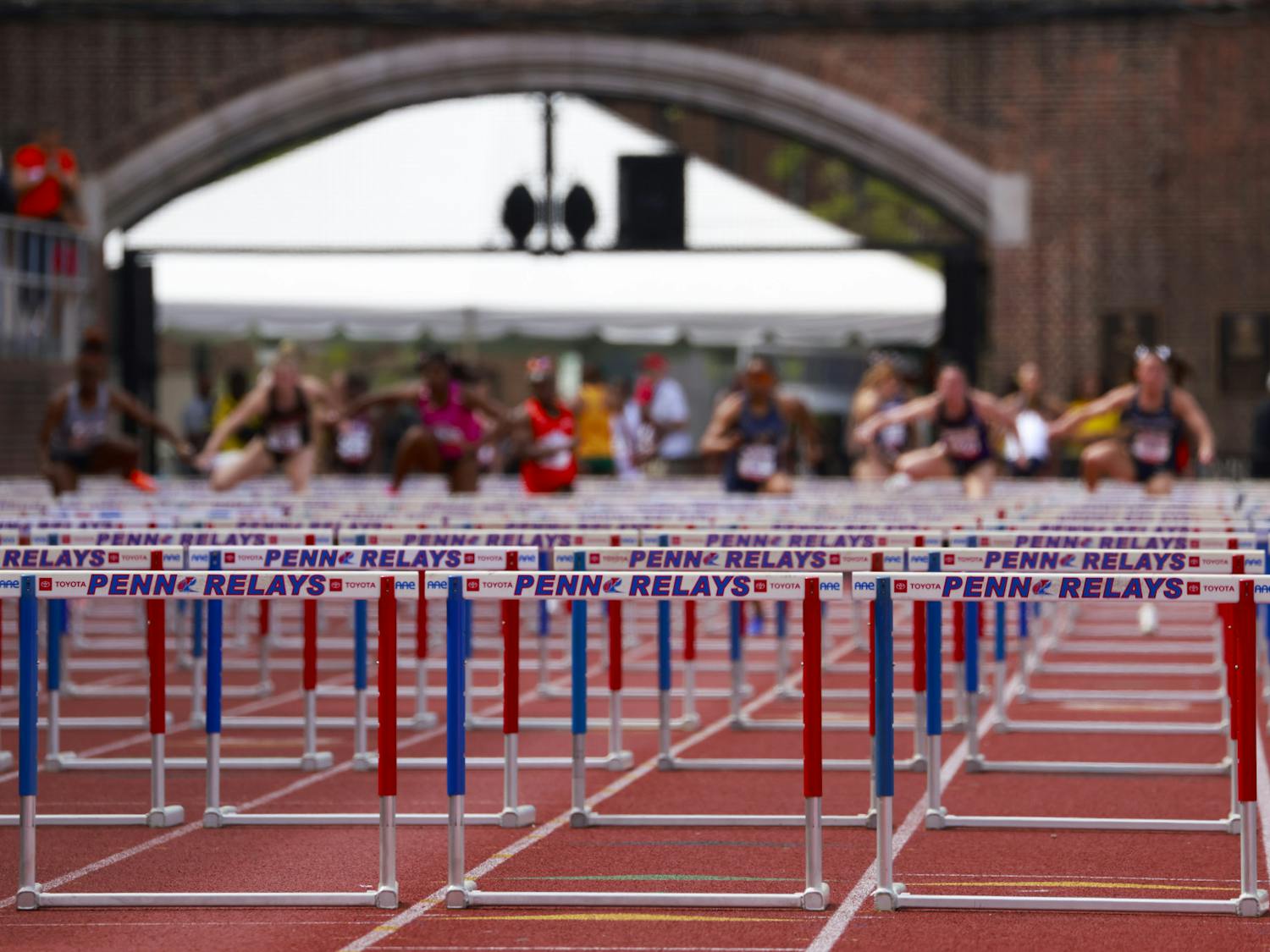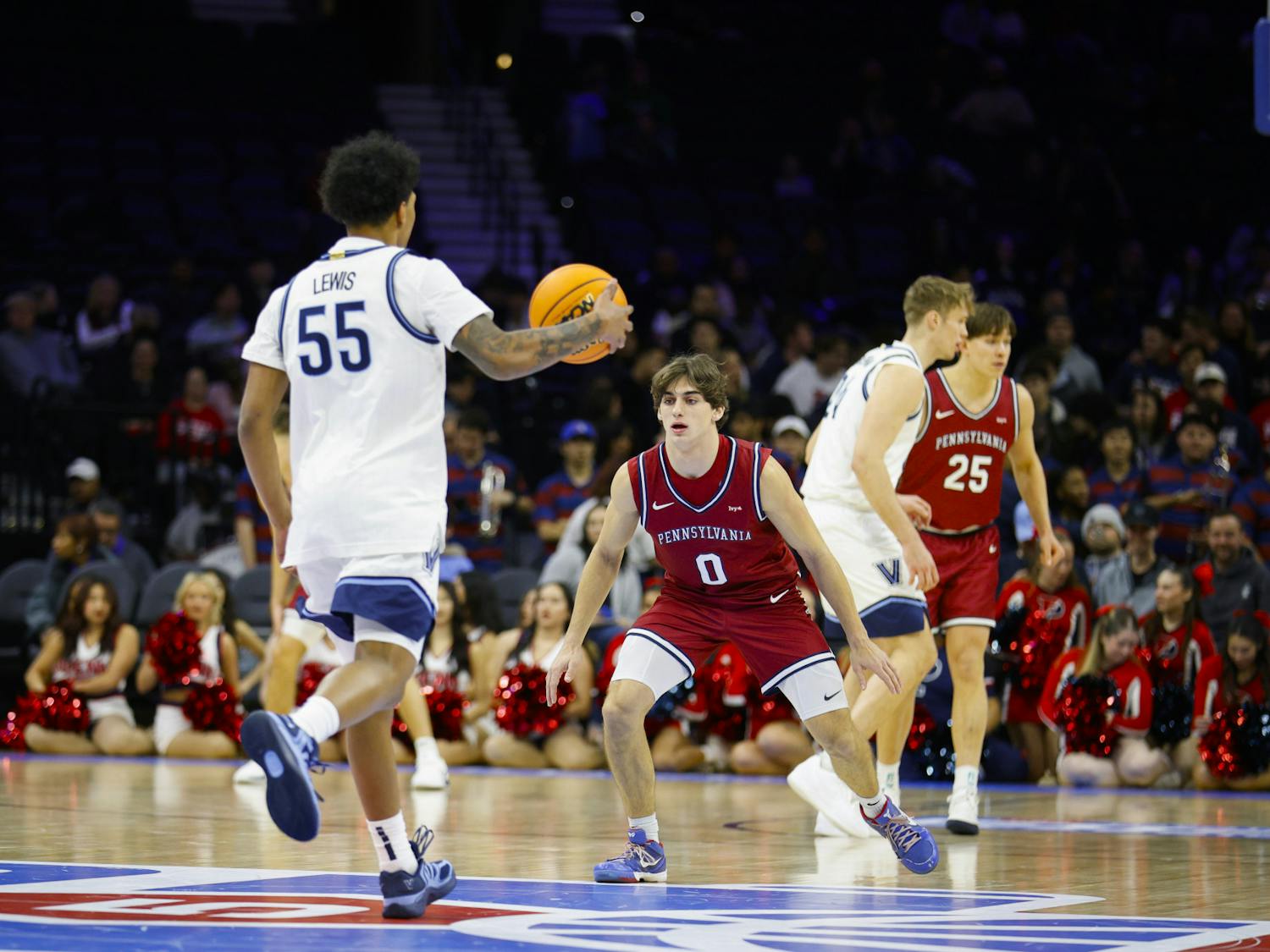While neither the NBA or Ivy League are currently in session for basketball, they both share a long, interesting history. The Ivy League is no longer the NBA pipeline it once was during the 1970s, but the leagues still share many connections. For any basketball fans looking to begin following Ivy basketball, this list can serve as a good starting point.
Yale Bulldogs – San Antonio Spurs
Yale is routinely one of the Ivy League’s most successful teams, yet its success is often under the radar compared to fellow Ancient Eight schools Harvard, Princeton, and Penn. Their style of winning in a non-flashy way is similar to the long-term success of the San Antonio Spurs. The Spurs, despite winning consistently each year, are never covered with as much excitement as teams like the Warriors or the Lakers.
Yale is also led by a coach who shares a pedigree similar to that of San Antonio’s famed Gregg Popovich. Like Popovich, Yale coach James Jones has enjoyed a long tenure at the helm and is the most successful coach in his team’s history.
Penn Quakers – Los Angeles Lakers
The Quakers undoubtedly have a storied basketball program. Penn is second all-time in NCAA tournament bids among Ivy schools behind only rival Princeton. Furthermore, it has produced the most NBA players of any of the Ancient Eight schools. As a result, even when the Quakers are not the best team in the Ancient Eight, there is a good chance that one or two of their players is the best in the Ivy League.
The Quakers draw a comparison to the Los Angeles Lakers due to their rich history. Similar to Penn, which has produced many great players over the years, the Lakers are famous for having talent like Kobe Bryant, Shaquille O’Neal, Magic Johnson, and more. In addition to having star power, the Lakers have also had a team history rich with success. While these teams may not be the best in a given year, fans never doubt their ability to succeed due to their proven success record.
Princeton Tigers– Chicago Bulls
Princeton draws a comparison to the Bulls after producing the best Ivy League talent that the NBA has ever seen. Geoff Petrie and Bill Bradley, two Princeton graduates, are found atop any list of the best Ivy league basketball players in NBA history. In addition, Princeton is a storied program that has had success throughout its history.
So how does that make them similar to the NBA’s Bulls? The Bulls are best known for producing what many refer to as the best player of all-time, Michael Jordan. Similarly, the Bulls are known for having dominant stretches as a team, similar to how Princeton strings together years of Ivy success. As a result, Princeton’s famous players, as well as its history of success, lines it up with the Bulls.
Harvard Crimson – Golden State Warriors
Harvard has only recently emerged as one of the true powerhouses in the Ivy League. Of its seven total conference titles, five came in consecutive years from 2011-2015 with the other two coming later in 2018 and 2019. Despite its standing in the Ancient Eight as a historic program with a long history, its dominance and success in the league has only become apparent in the last decade or so.
This is similar to the Golden State Warriors, who despite being a historic franchise themselves, have seen most of their success come in recent years. In fact, of the Warriors’ eight Western Conference titles, five have come in the same span as Harvard’s resurgence. Though this year was a different story for the Dubs, they have been one of the NBA’s most dominant teams in recent years, just like the Crimson, who have excelled in Ancient Eight play.
Dartmouth Big Green – Boston Celtics
At first glance, this comparison may seem to be based simply on both teams' shared colors of green and white. However, the comparison also makes its way onto the court. Dartmouth has struggled to experience success in the Ivy League, and its last conference title was in 1959. The Big Green were dominant in the Ivy League through the 1940’s and 1950’s yet have struggled since then.
The Celtics were also dominant for a two-decade stretch, with their greatest success coming in the 1950s and 1960s. Though the Celtics have enjoyed many winning seasons in the years since then, their level of success has never been able to surpass their former glory, as is the story for their green and white colored Ivy counterpart.
Columbia Lions – Philadelphia 76ers
The Lions draw the comparison to the hometown 76ers due to the similarities in both teams’ histories. Both clubs have experienced bursts of success in the past, with the Lions claiming 13 conference titles over their long history and the Sixers in possession of nine conference titles. Both teams also share a lack of recent success, as the 76ers have not had a championship since 1983 and the Lions have not won the Ivy League regular season since 1968.
Cornell Big Red – Minnesota Timberwolves
This comparison is drawn out of both teams’ lack of historic and current success. The Timberwolves have never won a championship or conference title, and they only have one division title to their name. The Big Red, on the other hand, have four conference titles as a part of the Ivy League, but three of them came in a three-year stretch that has proven that success was an outlier, not the normal for the Big Red. Come time for preseason polls, neither of these teams is considered a threat to teams in their respective conferences, and they have both found success to be difficult to obtain.
Brown Bears – Sacramento Kings
Both of these teams have struggled to succeed in their respective leagues on a consistent basis. The Bears have a losing record in their program history of games played, and they only have one conference title and two NCAA tournament appearances in their long history. The Kings have also struggled to be considered an elite NBA franchise as they have only one championship title (which was won when they were known as the Rochester Royals) and only three division titles in their history. Due to their prolonged struggles, neither of these teams is considered a threat to win their league in a given year.









